Plant Protected: 5 Do’s and Don’ts for a Flourishing Indoor Garden No Matter the Season
Few hobbies are more relaxing than tending to a garden in your own backyard. But while the weather remains unpredictable, getting to flex your green thumb may not be a viable option until spring. Thankfully, indoor gardening has become a simple way to get your gardening fix while sprucing up your space no matter the weather.
DO: Pick the Right Plants
Tempting as it is to garnish your indoor space with whatever catches your eye in the garden section, there are some factors you need to take into consideration when choosing which seeds to pick and plant.
Luckily for any inspiring indoor gardener, it’s never been easier to find lists of plants that are suitable for indoor growth cycles. There are a number of elements that differentiate indoor friendly plants from outdoor varieties that bloom in the company of your waterproof patio furniture covers.
For example, plants that are toxic to pets such as aloe vera and Easter Lily aren’t safe for indoor growth while high-maintenance options like a Boston Fern requires a humid environment that can’t easily be recreated inside your home.
Instead, opt for herbs, flowers, and vegetables that can handle indoor conditions and are low-maintenance alternatives. Here are a few of the plants recommended most for indoor growing:
- Herbs: Parsley, chives, oregano, lavender
- Flowers: Begonias, roses, petunias, marigolds
- Vegetables: Carrots, onions, kale, peppers
DON’T: Water Without a Plan

Even the most novice of gardeners know that regularly watering your plants is the key to successful, healthy growth. However, there is more to watering than meets the eye, especially when it comes to maintaining an indoor garden.
Because indoor plants are sequestered away from the outside world and the rain that pelts down, they require more frequent watering in order to properly bloom. Soil moisture levels, leaf color, and rate of growth are solid indicators of whether or not your plant is receiving the correct amount of water.
And while it may seem logical to continuously douse your plants with moisture, overwatering is the number one cause of death in houseplants. It’s important to research how often your specific blooms need a drink. This gives indoor the best possible chance of survival when taking root in the comfort of your home.
DO: Let Them Have Light

Much like maintaining a watering schedule, making sure that your indoor plants receive the correct amount of light should be a top priority. And because every plant is as unique as a custom-made coffee table cover, extra care should be taken when providing invaluable sun.
There are three categories of plants divided by their required level of natural light exposure: direct light (6 hours), indirect light (4 hours), and low light (keep away from direct sun). Sunlight is scarce in the winter months, so be sure to keep your solar shades pulled up during the daytime for maximum natural light exposure.
If you have a deck or balcony that could work with a little ingenuity, adding some clear outdoor vinyl curtains can allow plenty of sunlight while also protecting your plants from the harsh winter winds.
Windows are a gardener’s best friend when it comes to providing proper light. Break out your compass to determine which windows are best suited for each plant: East and North facing panes receive less direct light, while the West and South varieties let in ample amounts of sunshine.
DONT: Pick the Wrong Containers
With your indoor plants living far from their earthly habitat, ensuring that they are grown in the proper containers will encourage them to thrive in their new environment. There are plenty of containers to choose from, but not all will stand up to the task adequately.
Planter types are as varied as outdoor tarp sizes, and it’s likely that each of your indoor plants will need its own unique container. There are three main components to consider when selecting a container:
- Size: A good rule of thumb to use for sizing is to choose a pot that is 2.54-5.08 cm larger in diameter than the current size of the plant, or the projected size if you are starting from a seed. Keep in mind that re-potting may be a possibility in the future.
- Material: Plastic planters are praised for their ability to retain moisture, allowing you to waterless. Terra cotta pots dry out quickly and work great for low-water plants like cacti.
- Drainage: When watering, the last thing you want is for excess water to pool at the bottom of your plant, which is why a drainage hole is so important for healthy growth. Place a plate or one of the smaller tarp sizes underneath your containers to soak up the excess water.
DO: Select the Right Soil

Soil plays a huge role in keeping your indoor garden happy and healthy. Soil contains live organisms and nutrients that help to support plant life. A quick trip to the gardening store will help you get your soil fix without having to venture outside and dig in the backyard. If you do decide to use your own yard’s soil, use your coffee table cover as a staging area to both make the task easier and do so while keeping everything clean. Waterproof patio furniture covers are also a great option as you can hose them off afterwards.
Gardening experts recommend using organic soil that’s free of preservatives and synthetic chemicals for your indoor plants. The same goes for fertilizer, which should be added to the soil periodically for an extra boost of nutrients that encourages healthy plant life. You can even go the eco-friendly route and make your own liquid fertilizer.
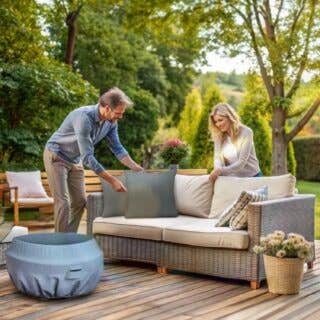

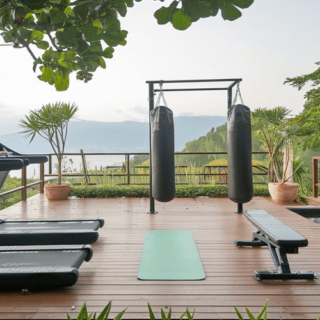
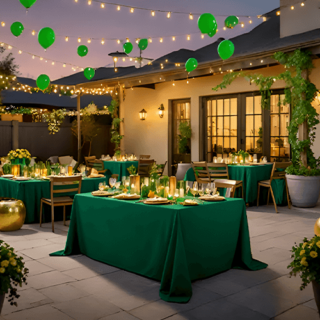


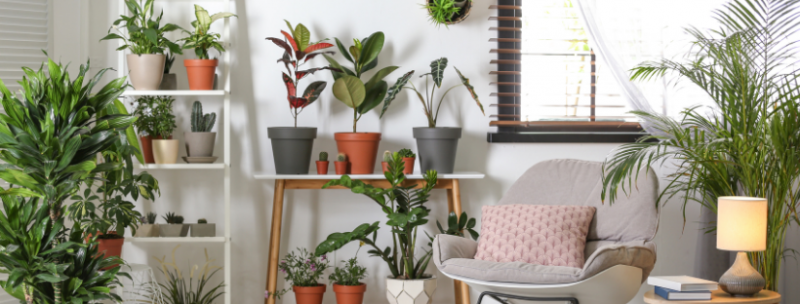
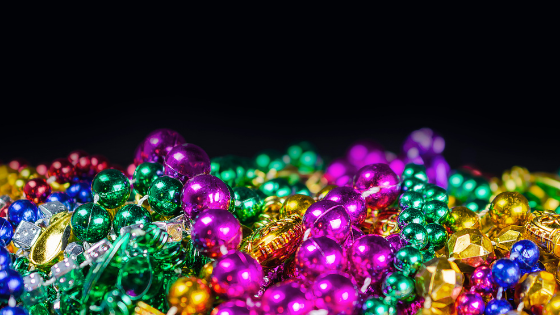

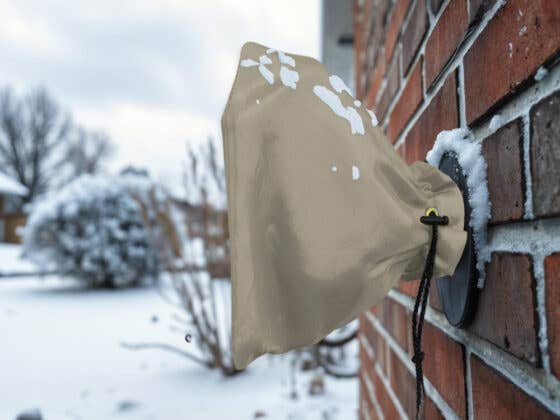
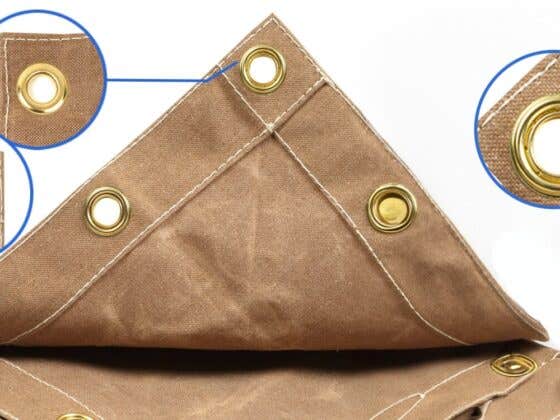
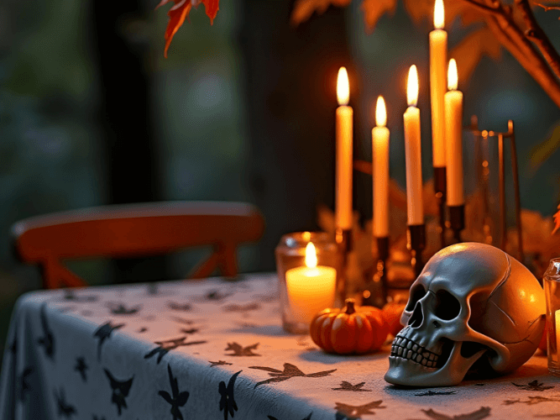
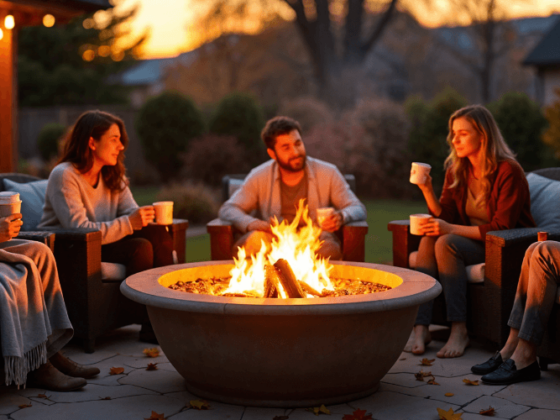
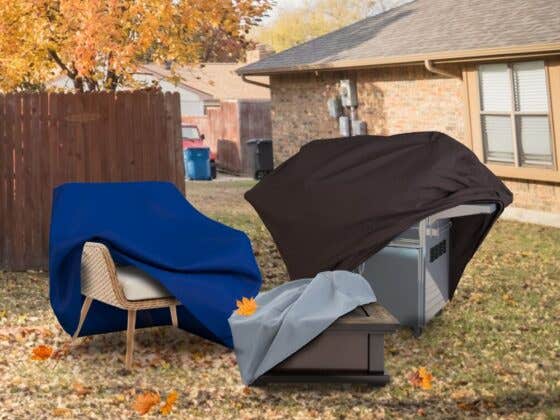
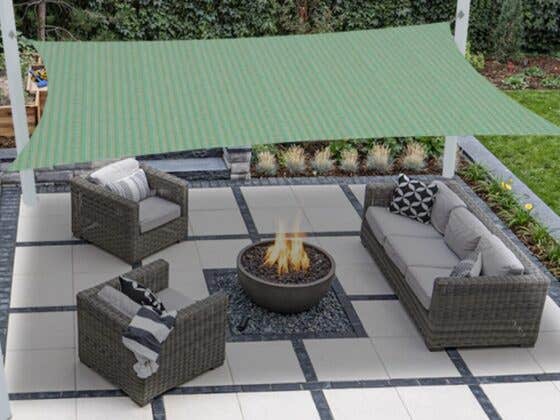
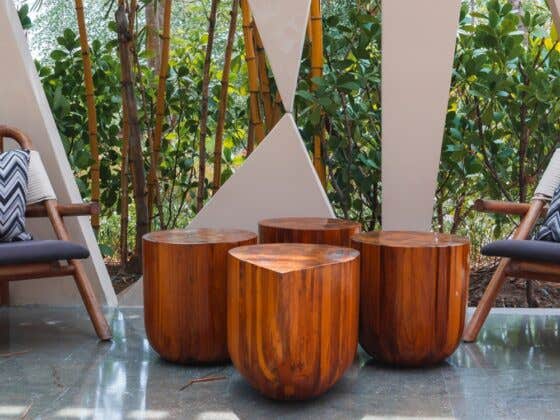
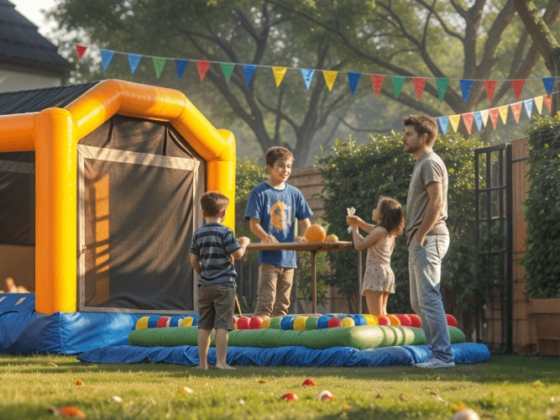
Recent Comments